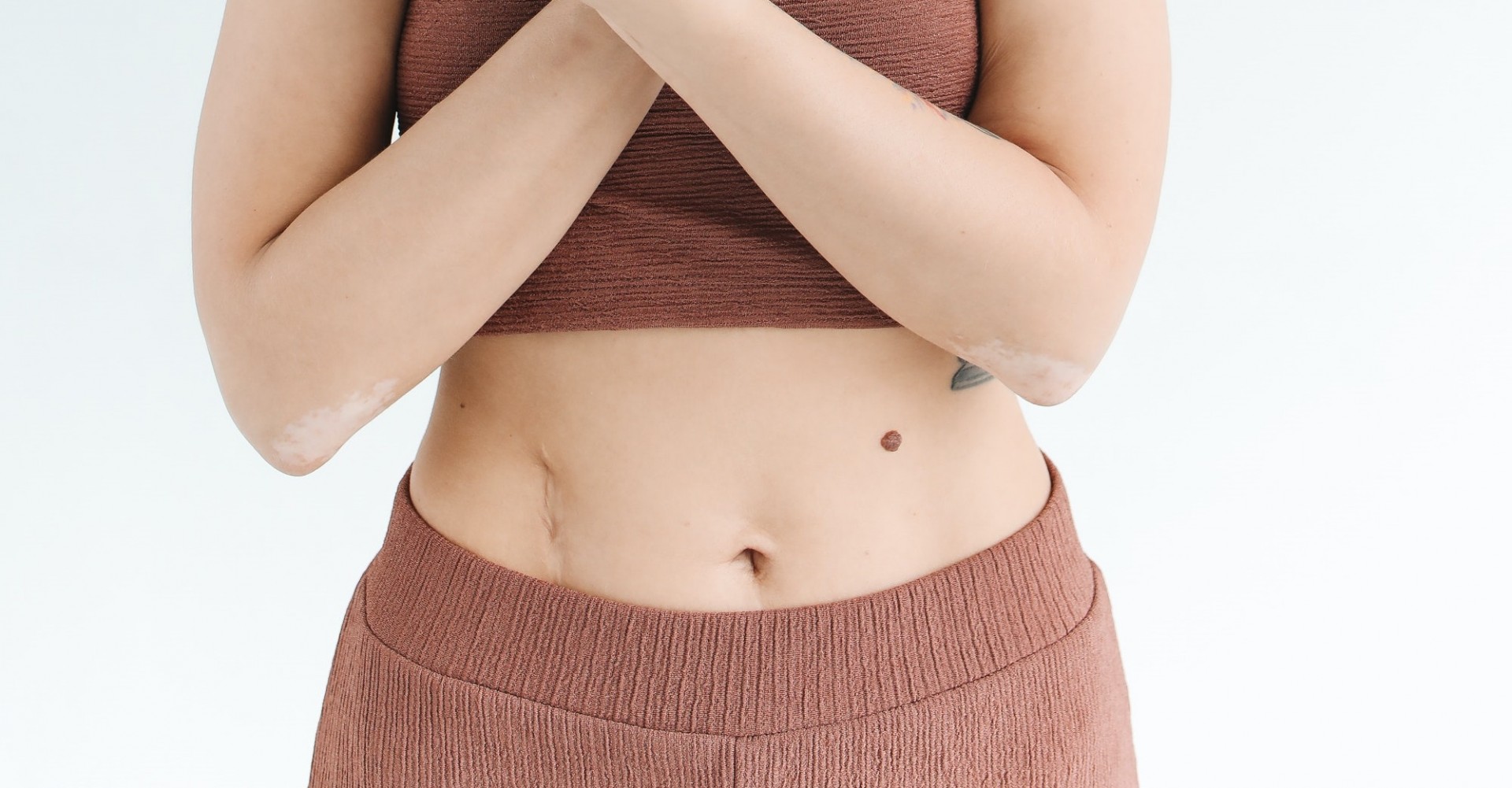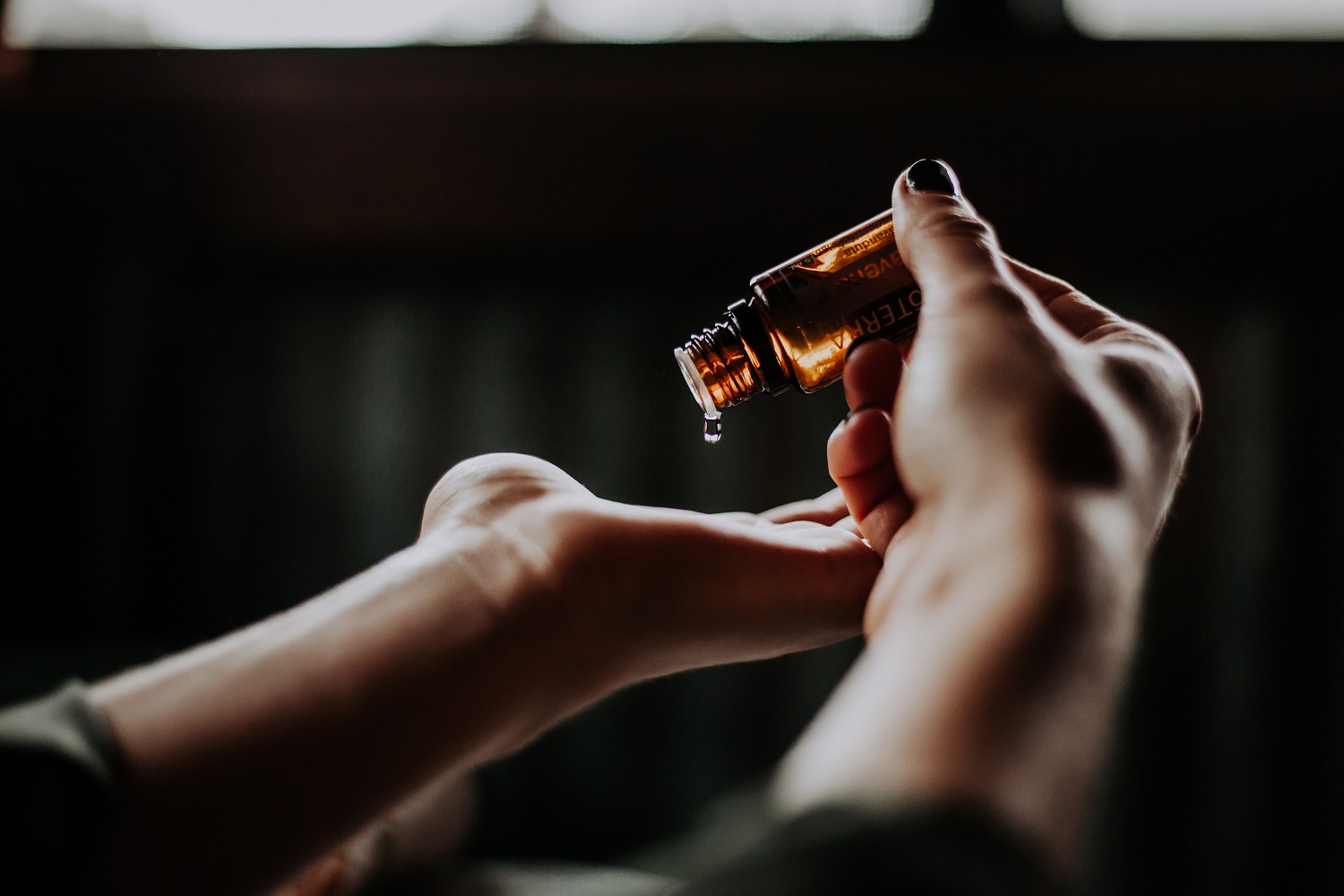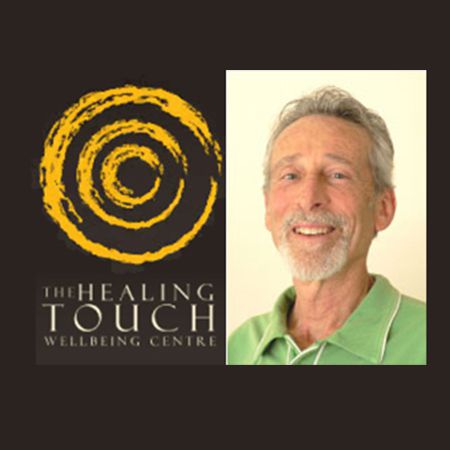
Surgery, cuts, wounds and skin infections can injure tissues and result in scarring. Scar tissue develops during the healing process of an injured tissue, causing collagen cells to lose their natural structure and form into a lump. Collagen naturally appears in a linear arrangement, but an injury or surgical operation can break this structure, causing an unsightly and sometimes painful scar. The application of scar massage therapy can help reduce the appearance of scars if not eliminate them altogether.
What is Scar Massage Therapy?
Scar massage therapy is a type of manual treatment that prevents the development or exacerbation of a scar. It also prevents potential adhesions, which are bands of scar tissues that build up between tissues and organs. Scar massage therapy employs circular movements with gentle pressure to stimulate the collagen cells and expedite the healing of a scar tissue.
What Are the Benefits of Scar Massage Therapy?
Scar massage therapy is a postoperative treatment which not only reduces the likelihood of developing scars and pain associated with them, but it also speeds up the healing of the affected area. If you do it regularly, it won't take you long to reap its benefits. Besides healing scar tissue faster, scar massage offers the following benefits:
- Flattens lumpy scars
- Prevents hypersensitivity in nerves
- Increases blood circulation
- Relieves itch and other discomfort during the healing process
- Softens scar tissue to make it more pliant
- Allows the scar tissue to blend in with the natural colour of your skin
- Keeps scar tissue from touching the nerve endings and causing pain
- Prevents movement restriction
- The absence of a visible scar increases self-esteem
Who Can Perform Scar Massage Therapy?
Scar massage specialists range from massage therapists and physiotherapists to osteopaths and practitioners of exercise and sports science. Anyone who is professionally qualified in the fields of anatomy and physiology can perform scar massage therapy to assist individuals who have either had a surgical operation or injured a tissue, which they fear might lead to scarring.
Unlike other forms of manual therapy that require follow-up treatments, scar massage therapy can be performed independently by the patient as part of their self-care program. Once the procedure has been demonstrated to them by a specialist, the patient can perform it regularly in the comfort of their own home. The therapy should be performed at least three times a day and last five minutes per session.
Things to Consider Before Performing Scar Massage Therapy

Before getting started with scar massage therapy, it's important that you seek advice from your healthcare provider first. If you've previously undergone a surgical operation and your stitches haven't healed yet, wait until they have before working on the scar tissue to prevent it from splitting open. Suppose you've had a small cut which doesn't need to be sewn up, you can work on the areas surrounding it, but avoid putting too much pressure.
Using emollients on your scar tissue will keep it from becoming hard, dry and rough. So, it's a good idea to massage it with anything packed with Vitamin E, such as the following oils:
- Argan oil
- Cocoa butter
- Rosehip seed oil
- Jojoba oil
- Almond oil
- Coconut oil
Practising scar massage therapy is an inexpensive way of preventing scar tissue and improving skin health. What's more, it's so easy to do and won't take you long to see its positive effects.
Aside from scar massage therapy, you can also check out other effective natural therapies for skin scars.
|
Do you have a natural health & wellness business? |









